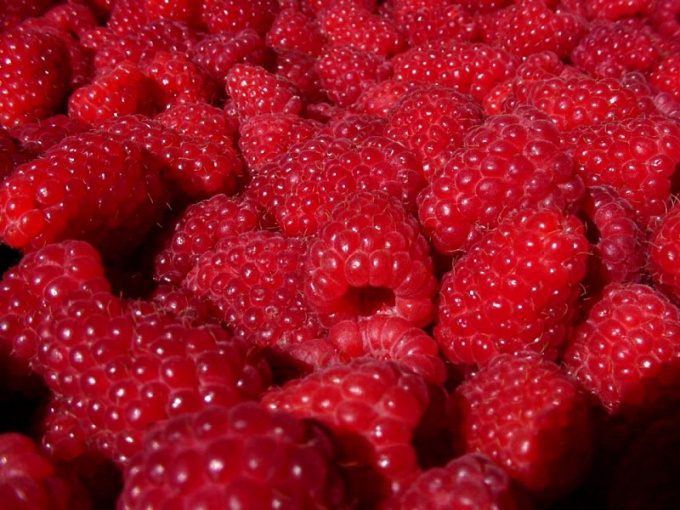You will need
- the colander;
- - sieve for washing the fruit;
- water;
- Sol;
- - deep bowls;
- - kitchen towel.
Instruction
1
Carefully move assembled or purchased raspberries. Remove the wrinkled, rotten and badly overripe specimens. If you will wash the raspberries, which is literally falling apart you have on hand, instead of grapes to get the pulp unsuitable for further processing.
2
Berries infected with the larvae of the raspberry beetle, to the main wash put it in the saline solution. To do this, pour into a deep bowl of cold water and add salt in a ratio of 1 tablespoon of salt per liter of liquid. Place the berries in the water and wait for the floating larvae. Water worms drain, and wash the raspberries one of the proposed methods.
3
Place the berries in a colander or a special sieve, used for washing fruit. Fill a bowl with cold water and dip the raspberries in there for one minute. Then change the water and repeat the procedure. Washed berries spread out on a kitchen towel and thoroughly Pat dry.
4
Clean the berries under cold running water in the sink or under the lake (if the fruits are washed at the cottage). The jet must not be very powerful, and washing time should not exceed 1-2 minutes. After the operation drain berries in a colander or sieve and allow excess liquid to drain. Processing raspberry better to start right after it is completely dry.
5
The described techniques allow the raspberries to clean from visible contaminants. A more radical scheme of wash will help you not only to clean the berries in appearance, but also to disinfect them. Fill one bowl with cold almost icy water, and the second hot, but not boiling. Place the raspberries in a colander or sieve and alternately fold for a few seconds in each dish. Three contrasting "washing" destroy all the parasites that live on its surface. This technique works for other berries, has a delicate structure, such as strawberries.
